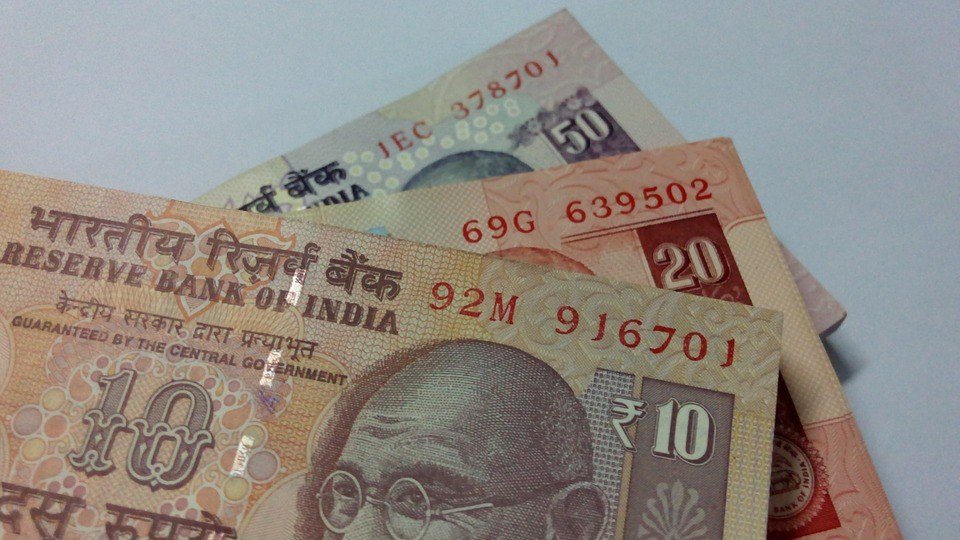Markets
BARC may be the key to resolving India’s bad loans situation
Resolving bad loans within a banking system is, an extremely complicated task, but there are solutions that can at least address part of the bigger problem. And one of those solutions could potentially be a creation of ” Bad Assets Resolution Company” aka BARC.

‘The Bad Assets Resolution Company’ aka BARC may prove to be the resolution to the bad loan situation within the Indian banking system.
A number of possible ideas are being explored, as a way to solve the bad loans situation within the Indian banking system. And obviously, there is no silver bullet. Resolving bad loans within a banking system is, an extremely complicated task, but there are solutions that can at least address part of the bigger problem. And one of those solutions could potentially be a creation of ” Bad Assets Resolution Company” aka BARC.
So you may ask, what will this BARC be, and also what will it do? And here is a simplified attempt, to try to answer all that.
The strategy
Acquiring the bad loans:
After carrying out the initial assessment on the bad loans held by the banks. BARC will take over a selected pool of bad assets from the banks in India, at an acceptable discount. The purchase of these assets will be financed through the issuance of bonds by BARC. Ideally, these bonds will have a 10-year maturity and will not pay interest. The bonds will be rated and will be considered an acceptable collateral for the Reserve Bank of India ( RBI ). These rated bonds could either be sold by the banks to RBI or used as a security collateral to borrow against.
As a part of its recovery and monetization strategy, BARC will work with a range of selected turnaround specialist firms as well as distressed and special situation funds. It will put together a 5 – 10-year strategy, to maximize the overall recovery and monetization of the bad loans. A range of strategy will be deployed to maximize the overall recovery. For example, assets that have a good chance of turning around could be managed by a turnaround specialist firm that has the best competing idea and turnaround strategy, on making the asset work. And as a part of the turnaround approach, BARC will also agree to inject capital into the business, by taking over the ownership of the company. BARC could either fully own the company or co-own the business with the turnaround specialist firm, or other potential investment partners. And the assets that are less likely to be turnaround, could be put through a winding down asset sale process and sold to qualified buyers offering the best price.
The structure of BARC and funding:
The founding shareholders of BARC will potentially be the government of India acting through one of its agencies, committing around US$ 1.5 billion in capital, along with all the commercial banks as well as other financial institutions including of private equity, pension funds and hedge fund among others. Together they could provide US$ 7.5 – 8.5 billion of capital.And BARC will also be listed, enabling it to tap into a range of potential investors.
The issue of securing a good rating:
Because of its shareholding structure and initial funding, BARC will be able to enjoy a strong rating.
And for additional funding, BARC could also explore issuing hybrid asset-backed securities with embedded option features, to fund specific asset or assets, allowing qualified commercial and strategic investors, to buy into specific assets or businesses held by BARC. BARC is by no means, a silver bullet that could comprehensively solve the bad loans issues, but with its funding structure and also by its ability to leverage, it could fix a sizeable part of the problem, in a sustainable way.
—
DISCLAIMER: This article expresses my own ideas and opinions. Any information I have shared are from sources that I believe to be reliable and accurate. I did not receive any financial compensation in writing this post, nor do I own any shares in any company I’ve mentioned. I encourage any reader to do their own diligent research first before making any investment decisions.

-

 Impact Investing2 weeks ago
Impact Investing2 weeks agoEU Eases CO2 Tax Burden on SMEs with Revised CBAM Rules
-

 Fintech16 hours ago
Fintech16 hours agoRobinhood Expands to Europe with Tokenized Stocks and Perpetual Futures
-

 Business1 week ago
Business1 week agoAmerica’s Debt Spiral: A $67 Trillion Reckoning Looms by 2035
-

 Crowdfunding5 days ago
Crowdfunding5 days agoTasty Life Raises €700,000 to Expand Pedol Brand and Launch Food-Tech Innovation

























You must be logged in to post a comment Login